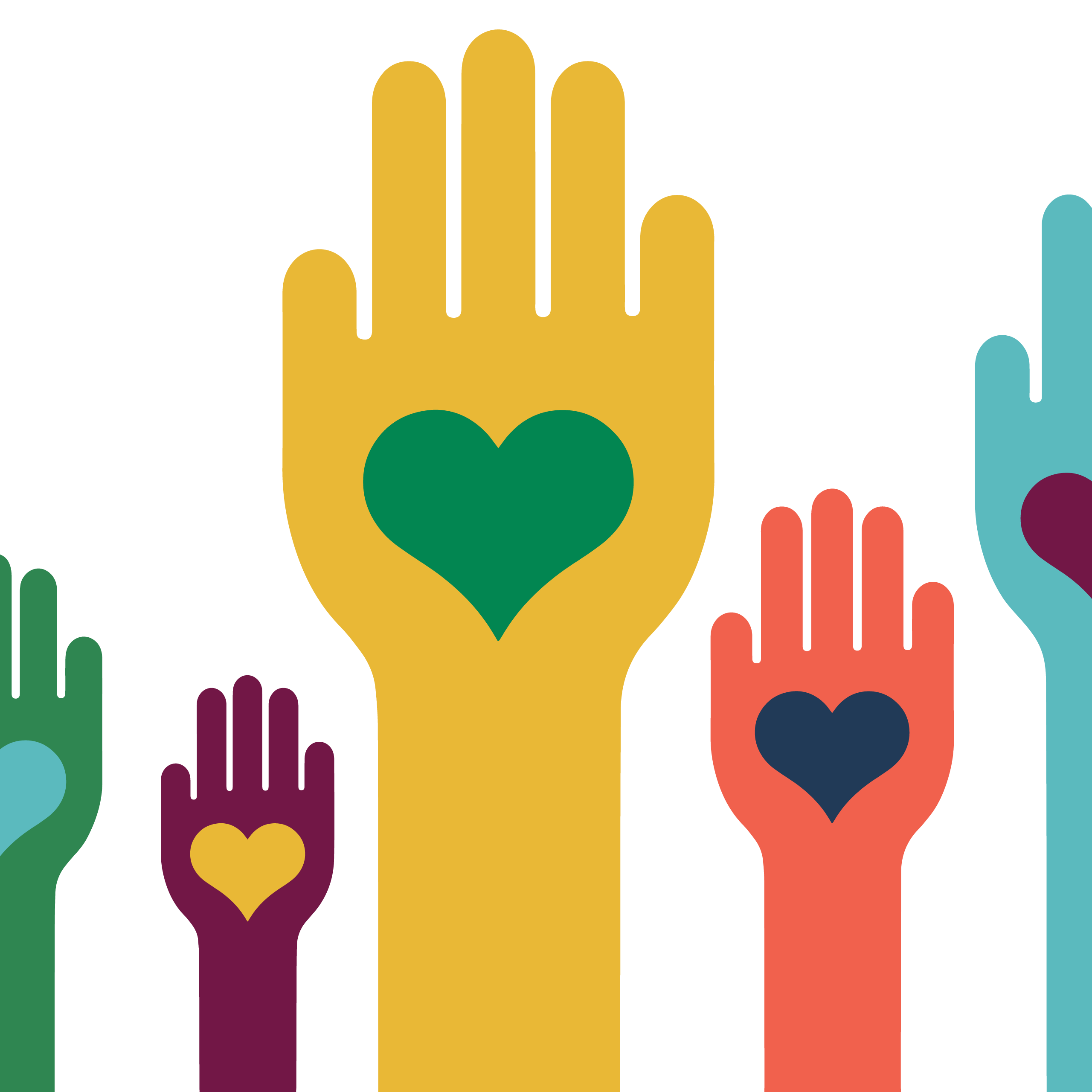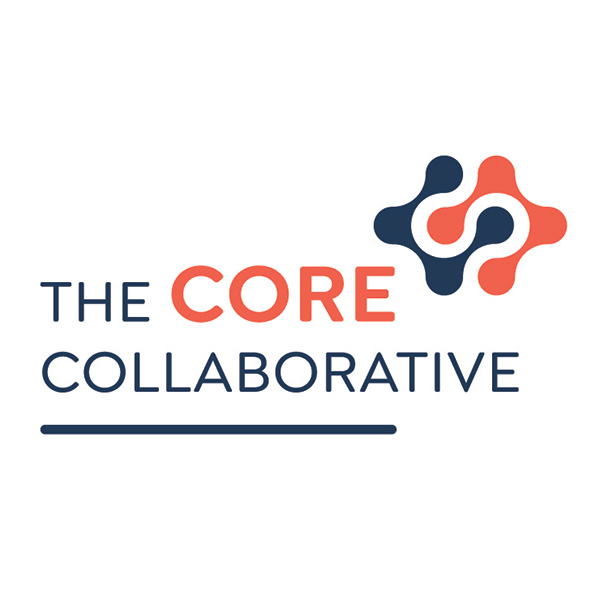In the diverse landscape of our learning spaces, the focus extends beyond academic learning to address the holistic needs of students. This approach is particularly important in trauma-informed education, a strategy that acknowledges and responds to the effects of trauma on student learning and behavior. Three “assessment for learning” approaches—self-peer assessment, goal setting, and reflection—stand out as particularly effective in fostering a supportive and sensitive student-centered learning environment.
What Are Trauma-Informed Practices?
Trauma-informed practices in education are based on the recognition that trauma can significantly affect a child’s learning and behavior. These practices aim to create a safe, supportive, and equitable learning environment that enables students to succeed despite adverse experiences. A trauma-informed approach involves understanding, recognizing, and responding to the effects of all types of trauma. It emphasizes physical, psychological, and emotional safety for both students and teachers and helps rebuild a sense of control and empowerment for the students.

Assessment for Learning Approaches
The Formative assessment practices (self-assessment, reflection, goal setting, etc.) are essential Assessment for Learning approaches. They foster dynamic and interactive learning experiences where the focus is on continuous improvement and student self-empowerment. Students not only learn to be their own teachers they are also actively engaged in shaping their learner identity. Learner identity refers to how individuals perceive themselves as learners and how this perception influences their engagement, motivation, and approach to learning. The concept of learner identity encompasses a range of factors including self-awareness of one’s own learning processes, beliefs about one’s capabilities, and the sense of belonging within varying learning spaces.
 Trauma-Informed Assessment for Learning
Trauma-Informed Assessment for Learning
Assessment for Learning is trauma-informed because it prioritizes the continuous growth and emotional well-being of students over static performance metrics. This learner-centered approach encourages regular feedback and adjustments based on each student’s needs, creating a supportive learning environment that acknowledges and adapts to the impacts of trauma. By putting the focus on progress and the learning process, “assessment for learning” can foster a sense of safety and trust, allowing students to engage and recover at their own pace.
 Self-Peer Assessment
Self-Peer Assessment
Self-peer assessment involves students assessing their own or each other’s work. This practice can be trauma-informed in several ways:
- Empowerment and Agency: Allowing students to assess their own work gives them a sense of control over their learning. For students affected by trauma, having control can be particularly empowering, as traumatic experiences often involve loss of control.
- Building Trust and Safety: Peer assessments can foster a sense of community and safety in the classroom. Students learn to give and receive feedback in a constructive way, which can enhance interpersonal trust and security.
- Encouraging Social Interaction: Trauma can lead to withdrawal or difficulty in social interactions. Engaging in peer assessment encourages positive social interaction and helps students develop their interpersonal skills in a controlled and supportive environment.
 Student Goal Setting
Student Goal Setting
Goal setting is a powerful tool in trauma-informed education for several reasons:
- Fostering Hope and Resilience: Setting achievable goals can help students look toward the future, fostering a sense of hope and forward thinking. This is particularly beneficial for trauma-impacted students who may struggle with pessimism and a lack of motivation.
- Enhancing Self-Efficacy: When students set their own goals and achieve them, they develop a stronger belief in their own abilities. This enhanced self-efficacy can counteract feelings of helplessness often associated with traumatic experiences.
- Customizable Learning Paths: Goal setting allows for individualized learning experiences. Students can set goals based on their strengths and needs, which accommodates and respects their unique backgrounds and experiences.
 Reflection
Reflection
Reflection as a practice in classrooms involves students thinking back on their learning experiences, behaviors, and feelings. It supports trauma-informed education by:
- Processing Emotions: Reflective practices help students articulate and process emotions related to both academic and personal experiences. This is crucial for trauma-affected students who may need more opportunities to work through complex feelings in a safe environment.
- Developing Self-Awareness: Through reflection, students gain better self-awareness, which can lead to improved self-regulation—a key skill for those impacted by trauma.
- Creating a Responsive Learning Environment: Teachers can use insights gained from student reflections to adapt their teaching strategies, making learning more responsive to the needs of all students, particularly those experiencing trauma.
Cultivate a Classroom Culture of Safety
Integrating self-peer assessment, goal setting, and reflection into our classrooms is not just beneficial for academic growth; these practices are pivotal in supporting trauma-informed education. They provide students with tools to manage their learning and emotional processes, contribute to a classroom culture of belonging, safety, and respect, and empower students by giving them a voice in their own learning journey. As learning communities increasingly adopt trauma-informed practices, these approaches will play a crucial role in transforming schools into nurturing environments that promote healing and learning for absolutely every learner.
Learn how to make more Impact on student learning through our innovative, learner-centered PLC approach, Leading Impact Teams. Join the Impact Team movement today.
Ready for More



